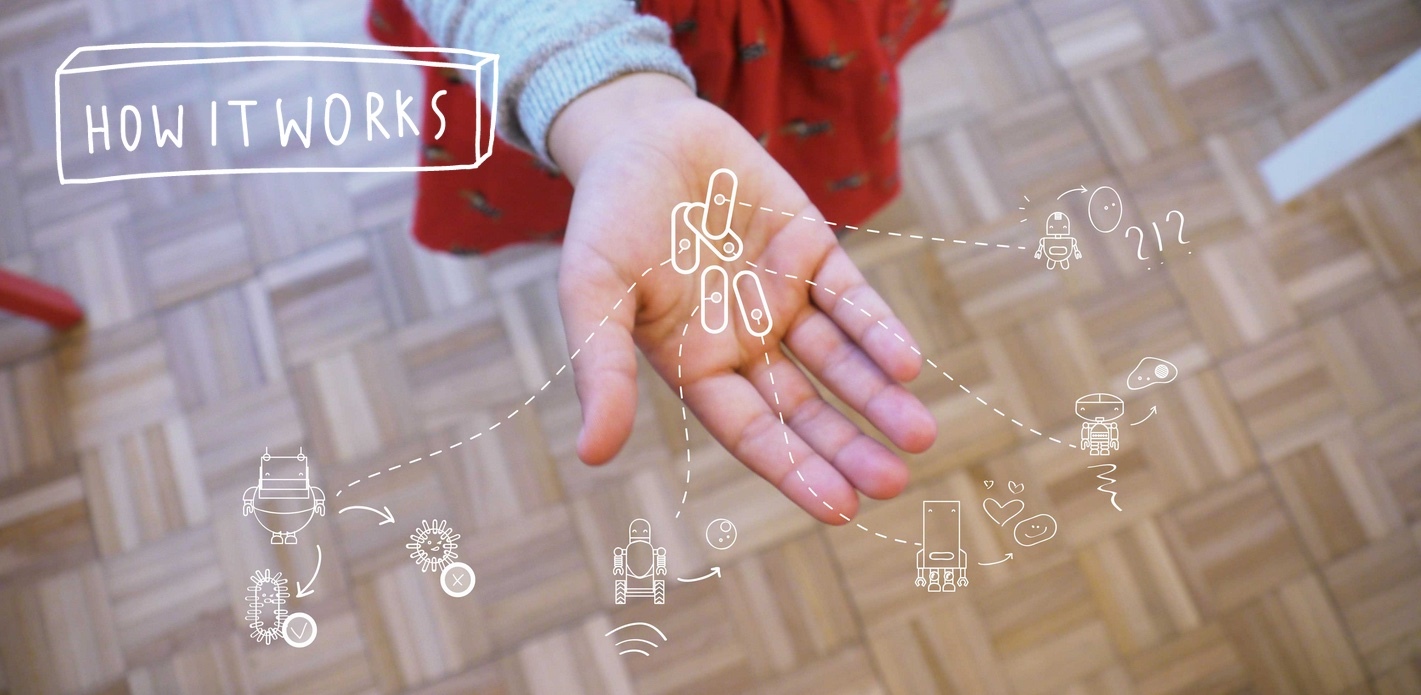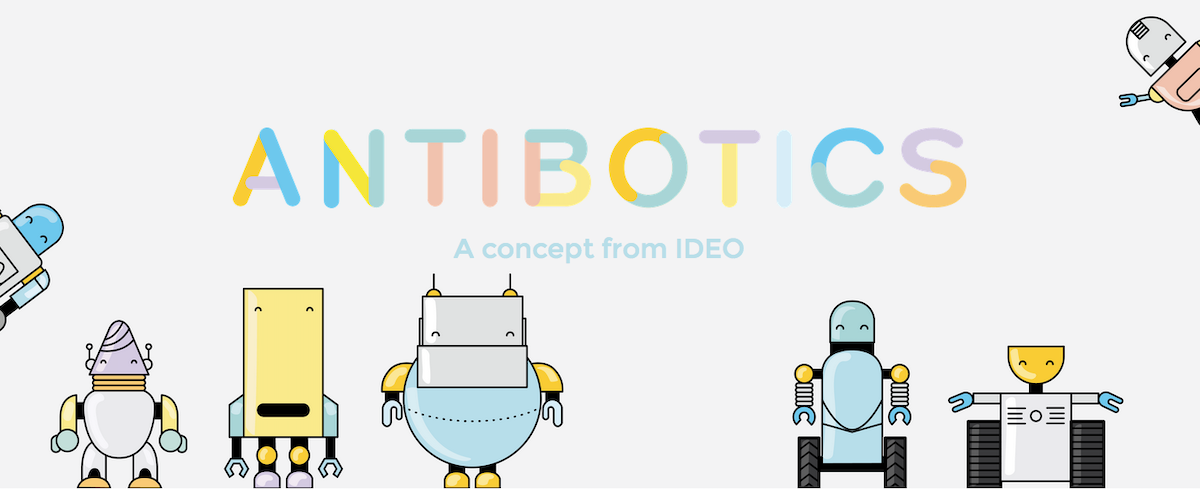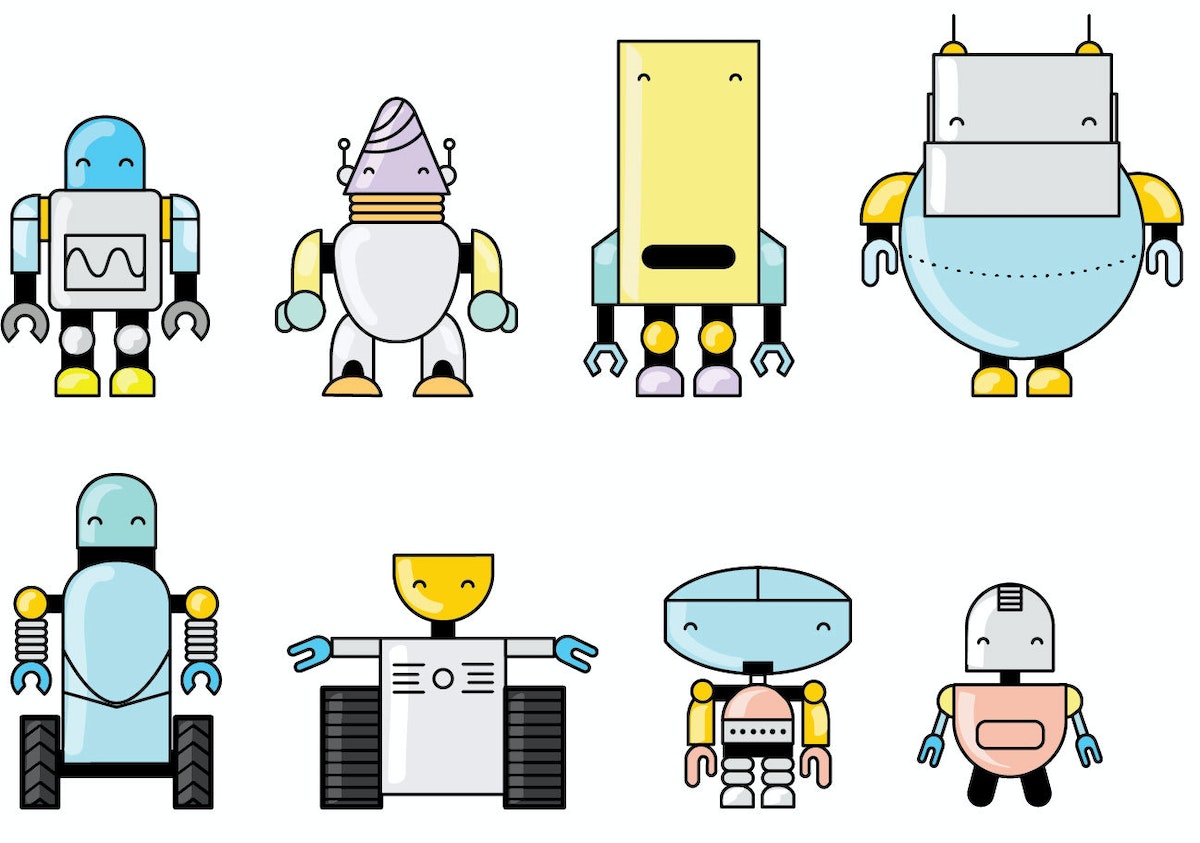This Story Will Save Lives

Bacteria beware, here come the Antibotics. Created by London-based interaction designer Stina Jonsson, these cute robotic germ-fighters educate kids and parents alike on how to take antibiotics properly, and defeat the rising army of resistant germs. We asked Jonsson to tell us more about how the 'botics came to life.
Where did the idea for Antibotics come from?
Stina Jonsson: It started as a simple brainstorm idea. I was doing a project in Boston around nerve monitoring, and I drew a small pill on a Post-It that looked like a little character. It had nothing to do with pills really, or the project at hand, but I liked it so much that I brought the Post-It back with me.
From that initial idea grew a larger one, to think about how we could use these characters and storytelling to help people with their medication. We’d done a ton of adherence work for rheumatoid arthritis sufferers, as well as helping people take their insulin. Eventually the characters become little robots and the Antibotics were born.

Can you explain how the Antibotics work?
When a child is prescribed antibiotics, their parent receives a pack of the Antibotics. The pack holds clear pills that have individual robots inside them. The child picks one and swallows it. Their parent then logs onto a computer or tablet, and along with the child, proceeds to read the first chapter of a fun, educational story about the robot-fighting bacteria inside the child’s stomach. Each day after that, parent and child pick another robot to join the crew, and with each episode learn more about how antibiotics work, until the course and story finishes.
What problem is Antibotics trying to solve?
The overuse and incorrect usage of antibiotics—not finishing the entire course, for example— can make bacteria multi-resistant. Without effective antibacterial drugs, a simple operation might lead to an infection that can kill. And the economic consequences are huge, one estimate puts it at £1bn annually in the UK alone.

You’ve got a background in cognitive psychology. Can you explain the science behind using storytelling to improve adherence?
Research on the impact of storytelling on memory shows that the human brain is better at retaining and recalling information and concepts when they are presented in a story format.
Information structured through a narrative makes for very powerful mnemonic devices because stories provide order, allowing new information to slot into existing schemas and cognitive maps we already have about the world.
The story format provides familiarity and predictability, setting us up to take in new information and vicariously deal with emotional stress and conflict through the the story’s protagonists.
Studies have also shown that stories affect brain chemistry, which is connected to behavior change.
What’s next for the concept?
At this stage Antibotics is only a concept, but we’re looking for someone to work with to take it further.
*The Antibotics were brought to life with help from communications designer Jack Haslehurst and interaction designer Miha Feus.
Words and art

Subscribe

.svg)







